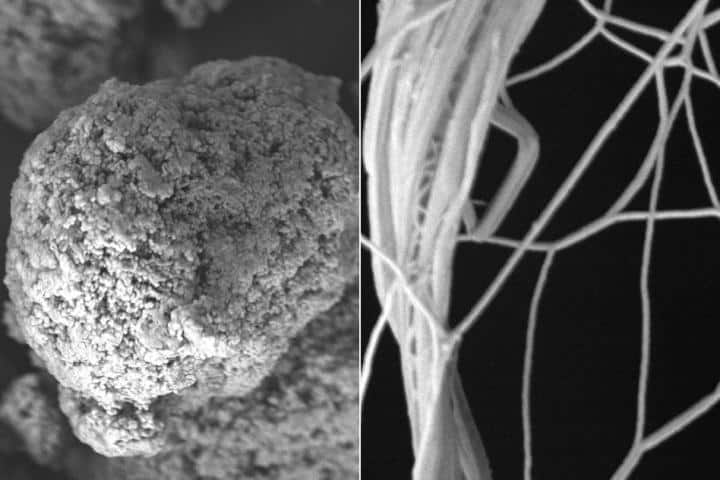Many components and machines generate heat within their mechanisms which need to be dissipated in order for them to operate, from refrigerators and cars to electronic microprocessors. Generally, this heat dissipation is performed by metals, which adds mass and bulk. Now, however, engineers at MIT have devised a method for turning polyethylene, always previously considered as an insulating material, into a heat conductor. Using such material in place of metal may lead to lighter components and more flexible forms.

In a paper in Nature Communications, Gang Chen, Professor of power engineering at MIT, and colleagues, including collaborators at Argonne National laboratory, described their method for producing the correct structure in polyethylene. This work is based on findings from 2010, in which they fabricated polyethylene fibres that were 300 times more thermally conductive than normal polyethylene and comparable to metals, but the utility of the discovery was limited because ultra-thin fibres are not particularly useful as heat dissipators.
"At that time we said, rather than a single fibre, we can try to make a sheet," Chen said. "It turns out it was a very arduous process."
Not only did the team have to devise a fabrication method, they also had to build an apparatus to test heat conduction, and computer codes to analyse images of the material’s microscopic structure.
The fabrication method involved starting with a commercial polyethylene powder, dissolving it in the solvent decalin above the polymer’s melting point, then extruded the solution onto a nitrogen-cooled plate.
The resulting thick plastic film was placed onto a role-to-role drawing machine and heated and stretched until it was thinner than kitchen wrap. These steps and expanded and disentangled the coiled chains of the polymer, aligning them in the direction of the extrusion and stretching.
The resulting film conducted heat at around 60W per metre per kelvin. By comparison, the best heat conducting material, diamond, rates 2000W per metre per kelvin, while steel conductor 15W per metre per kelvin, and conventional polymers tend conductor to round 0.1 to 0.5W per metre per kelvin. Testing using x-ray scattering at Argonne’s advanced photon source revealed that the less randomly coiled the nanofibres of polyethylene in the film, the better it conducted heat. "This dream work came true in the end," said Yangfei Xu, lead author on the Nature paper.
One drawback of the polymer films is that they only conduct heat along the length of the fibres of which they are composed. Materials that conduct heat in all directions are more useful.
"If we have an isotropic polymer with good heat conductivity, then we can easily blend this material into a composite, and we can potentially replace a lot of conductive materials," said researcher Jiawei Zhou. "So we're looking into better heat conduction in all three dimensions."
Such material is likely to find applications in laptops, cell phones and larger items including refrigeration equipment and cars, the team predicts.




Project to investigate hybrid approach to titanium manufacturing
What is this a hybrid of? Superplastic forming tends to be performed slowly as otherwise the behaviour is the hot creep that typifies hot...